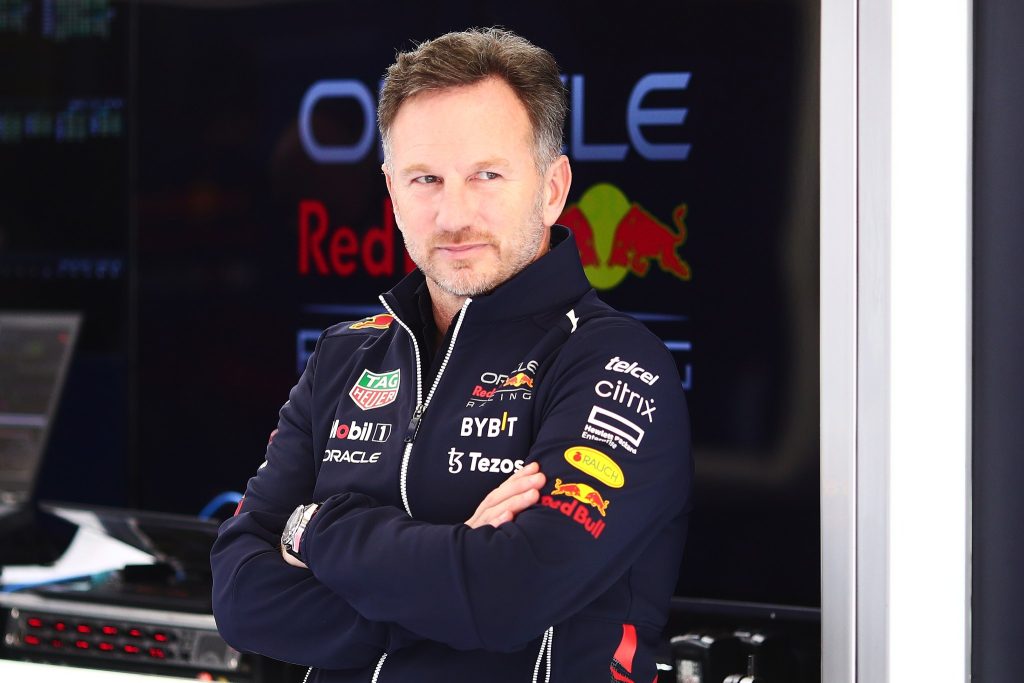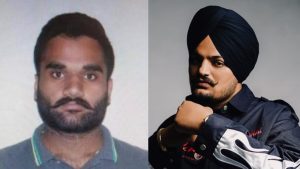Adrian Newey is a name synonymous with brilliance in Formula One. This British engineering maestro isn’t just a designer; he’s a sculptor of speed, a conjurer of downforce, and the mastermind behind some of the most dominant racing cars ever to grace the asphalt.
His designs have secured numerous championships and redefined the very limits of what’s possible on the track.
Newey’s legacy transcends individual teams. Across his career, he’s played a pivotal role in championship victories for three different Formula One teams – Williams, McLaren, and Red Bull – with an astounding seven different drivers securing Drivers’ Championships piloting his creations. This translates to a staggering twelve Constructors’ Championships, a testament to his versatility and ability to adapt to different team philosophies.
Early Days and a Taste of Success (1988-1990)
Adrian Newey’s journey began in the late 1980s with March/Leyton House. Though his first design, the 1988 March 881, wasn’t a top contender, it surprised many. The car, piloted by Ivan Capelli, managed a podium finish in Portugal and even challenged the mighty McLaren-Honda for the lead in Japan.

This early glimpse of potential propelled Newey to the role of technical director at Leyton House in 1990. Although a second-place finish in France offered a glimmer of promise, the team’s fortunes soon dipped, leading to Newey’s departure. However, his talent wouldn’t go unnoticed for long, with Williams soon snapping him up.
Adrian Newey’s Championship Pedigree Takes Shape (1991-1996)
At Williams, Adrian Newey found himself working alongside the legendary Patrick Head. Their partnership proved to be a match made in racing heaven. Together, they produced a string of championship-winning cars, including the dominant FW14B in 1992.
This car, driven by Nigel Mansell and Riccardo Patrese, boasted a revolutionary active suspension system that redefined cornering speeds. Further success followed with Damon Hill clinching the Drivers’ Championship in 1996, solidifying Newey’s reputation as a game-changer.
McLaren: Innovation and Close Calls (1997-2005)
A brief stint at McLaren saw Newey initially frustrated, unable to influence the design of the 1997 car. However, his focus quickly shifted to the 1998 model, and the results were spectacular. The McLaren MP4/13 proved to be a force to be reckoned with, propelling Mika Häkkinen to back-to-back Drivers’ Championships in 1998 and 1999.
While Häkkinen narrowly missed out on a third title in 2000, McLaren remained a dominant force throughout Newey’s tenure, showcasing his ability to consistently produce race-winning machines.
The Red Bull Era: Unmatched Domination (2006-2024)
Adrian Newey’s move to Red Bull in 2006 marked the beginning of a truly historic era. The team, then considered an underdog, began a steady climb towards the top. Newey’s meticulous attention to detail and relentless pursuit of innovation paid off in spectacular fashion. From 2010 to 2013, Red Bull cars secured both the Drivers’ and Constructors’ Championships – an unprecedented feat.

This dominance continued with Max Verstappen claiming the Drivers’ Championship in 2021, followed by a double championship win for Red Bull in 2022 and 2023. The 2023 Red Bull RB19, a Newey masterpiece, stands as the most dominant Formula One car in history, winning a staggering 95.45% of the races it participated in.
Adrian Newey: Legacy of Innovation and the Road Ahead
Newey’s impact on Formula One extends far beyond mere statistics. He’s a pioneer who constantly pushes the boundaries of car design. His revolutionary concepts, like the blown diffuser on the 2011 RB7, have redefined aerodynamic efficiency and continue to inspire engineers across the sport.
While Newey recently announced his shift from day-to-day Formula One design duties at Red Bull, his influence undoubtedly remains. He’s set to focus his talents on the development of the RB17 hypercar, showcasing his versatility and thirst for new challenges.
One thing is certain: Adrian Newey’s legacy as a true engineering legend in Formula One is firmly cemented. His relentless pursuit of speed and innovation will continue to shape the future of this exhilarating sport.





